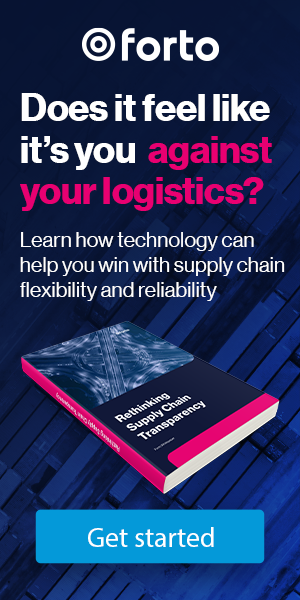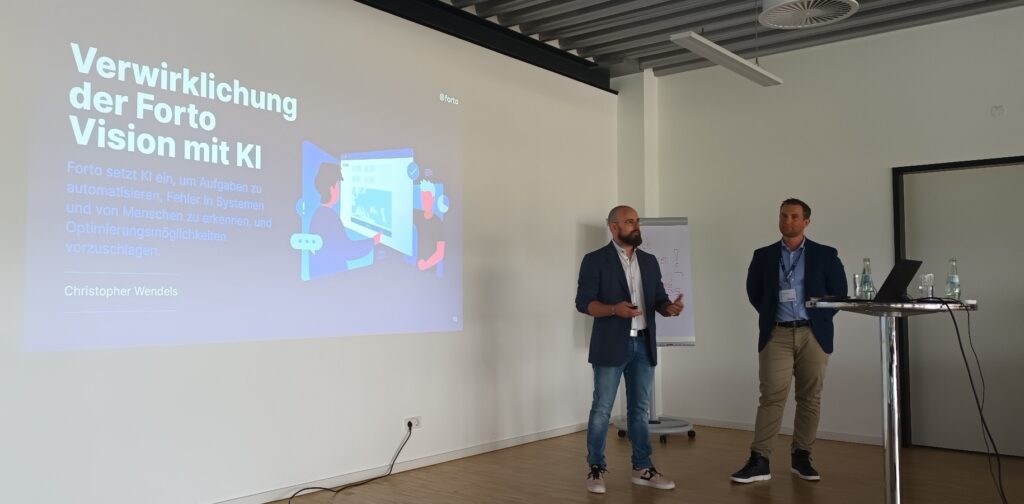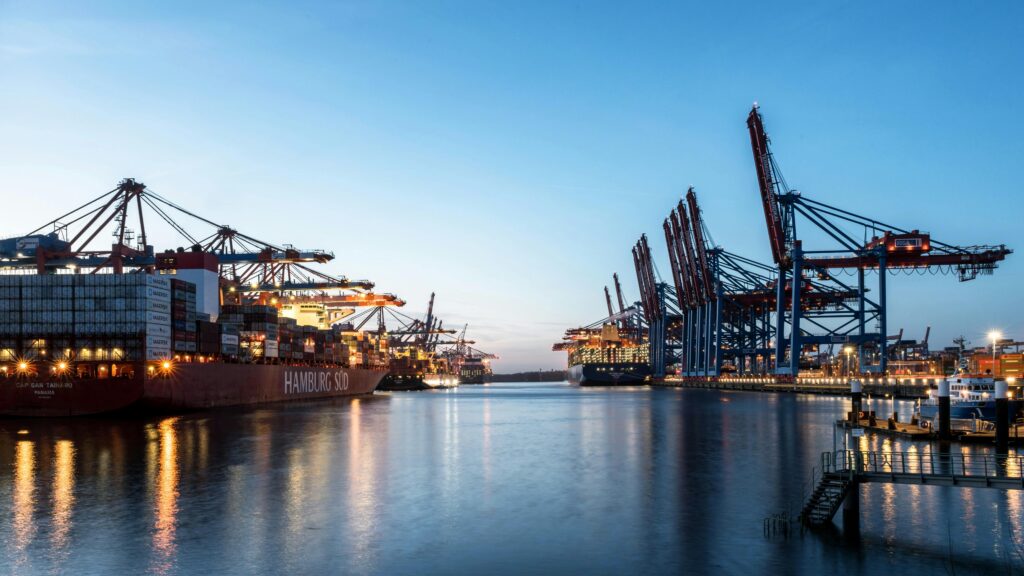We are facing a global climate emergency today. All around the world, climate catastrophes such as storms, floods and wildfires are intensifying. Actions must be taken, urgently. In 2015, when the Paris Agreement was signed, almost 200 countries agreed to work together to limit global warming to well below 2 degrees and aim for 1.5 degrees, committing to bring forward national plans and setting out how emissions will be reduced.
Background
The commitment to reduce emissions and keep global warming to below 1.5 degrees was born in a UN Climate Change Conference of the Parties – short: COP, for which the UN has been uniting various countries for global climate summits for almost 30 years. The 26th UN Climate Change Conference of the Parties was taking place from October 31st until November 12th, 2021, in Glasgow, hosted by the UK and Italy.
Many experts believe that the COP26 summit, delayed by a year due to the pandemic, had a unique urgency and was the most important (climate) summit of the decade, as the discussions were the last opportunity to deliver on the commitments made in Paris in 2015. The goal of COP26 is to finalize implementation guidelines for Article 6 of the Paris Agreement which addresses cooperative approaches to tackle climate change.
Focus topics on the agenda involved revisions to the national climate change contributions (NCDs), financing pledges by developed countries to developing countries and emissions trading. Furthermore, negotiations revolved around phasing out of coal and fossil fuels, preservation of carbon sinks and support of climate compatible markets.
Key Topics
Generally, the UK Government has structured the summit around these four main items:
- Nature – biodiversity loss
- Energy Transition – the adoption of clean energy and phasing out coal
- Finance – investments to support zero-emission goals
- Clean Road Transport – cutting emissions in this sector
Key Outcomes From the UN Climate Conference
In the late afternoon of Saturday November 13th, nearly 24 hours after the COP26 discussions were supposed to end, the Glasgow Climate Pact was settled. It demands renewed efforts and ambitions in four areas: cutting emissions, climate finance, adaptation and loss and damage already caused by global warming. Generally, this year’s new round of nationally determined contributions showed progress, but detailed short-term plans are missing. According to the UN chief, “COP26 closed with a compromise, but it is not enough”. Now ‘the building blocks for progress’ should support and accelerate climate action. It is important to see the initiatives and pledges put into action to close the gaps. While staticians in Glasgow calculated a 68% chance of temperatures rising to 1.9C-3.0C, with a median value of 2.4C in 2050, the urgency of the situation opened ministers’ eyes to come back next year to commit to more ambitious 2030 emission reduction targets. Participants also came to the agreement that developed countries should dedicate more resources to supporting climate-vulnerable countries.
By the end of the two-week conference, 151 countries had submitted new climate plans to reduce their emissions by 2030. This emission reduction can only be delivered by modifying timetables, adjusting financing agreements and by moving towards greater multilateralism.
Firstly, parties to the Paris Agreement have to increase their pledges to go to “net-zero” emissions by 2022 instead of 2025. The second effort revolves around the facilitation of new cash flows. Developing countries argued that in order to decarbonize, increased financial support is required. For this, the annual $100bn goal has to be met, and from 2025, a higher target should be achieved.
Other significant deals announced in Glasgow by “coalitions of the willing” (groups of countries, companies and cities, who determine their own climate goals for specific sectors):
- the elimination of coal power,
- reduction of methane emissions,
- greening the financial-services sector
- and termination of deforestation.
According to Climate Action Tracker, these pledges on coal, forests, methane and electric vehicles can already collectively cut half of the reduction achieved by new climate plans or nationally determined contributions (NDCs). Furthermore, the part of the Paris Agreement governing the purchase and sale of offsets was completed, as negotiators closed a deal setting rules for carbon markets that can unlock trillions of dollars for building renewable energy facilities, protecting forests and other projects. The final deal implements Article 6 of the 2015 Paris Agreement: Countries can partially meet their climate targets through buying offset credits.
Even though the outcomes of COP26 were an important step in the right direction, some big nations – and thus, big consumers – were not included in some pledges. Therefore, there is still room for more action by all countries in order to limit climate change and its consequences.
Carryouts for Logistics
The negotiations around accelerating actions and measures will impact all industries. However, the outcomes of discussions on Clean Road Transport are especially important and consequential to the transport and logistics industry. In order to meet the targets, the industry has to commit to a major structural change, involving substantial lower emissions transports through technological advances.
The longer it takes to shift to electric options and sustainable alternative fuels for all transport modes, the more carbon will be released into the atmosphere. The consequences are a temperature rise of 1.5 degree Celsius or more before 2050. So far, the European Commission has committed to cut emissions by at least 55% by 2030 to reach net-zero by 2050.
For the transport, logistics & supply chain sector, the negotiations made are extremely relevant. The industry will have to undergo major structural changes to aim for a ‘Net Zero’ future. To collectively achieve Net Zero, organizations will have to increase efficiency from an environmental perspective, such as optimizing routes and container space, as well as avoiding empty runs. Furthermore, environmental-friendly vessels should be selected – using new engines or testing alternative fuels to decarbonize operations. Generally, the opportunities for emission reduction are there and should be actively explored.
1. Declaration of Intent for more Sustainability in Aviation
Despite the impact of COVID-19, the international aviation industry, whether it concerns global air passenger numbers or cargo transport numbers, is expected to rise until 2050. As an outcome from the COP26 conference, the Federal Aviation Agency (FAA) released an Aviation Climate Action Plan and 20 countries signed a UK-led Declaration settling the International Aviation Climate Ambition Coalition. By recognising the need to develop initiatives that enable sustainability in the aviation sector, the International Civil Aviation Organization (ICAO) plays an important role, as it is the appropriate forum to implement in-sector and out-sector measures to support short-, medium- and long-term goals. The organization furthermore develops a global sustainability framework to enforce a Reduction Scheme for International Aviation (CORSIA), as well as the increased use of sustainable aviation fuel (SAF) and Carbon Offsetting.
2. Establishment of “Green” Corridors for International Shipping
A first move towards decarbonizing shipping was the launch of a new initiative at the COP26, known as the Clydebank Declaration. The initiative aims to establish at least six global “green shipping” corridors by 2025 through which ships can cross burning zero-emissions fuels. 22 initial signatories committed to developing technology, proficiency and port infrastructure to enable key international shipping routes to shift to zero carbon. The corridors additionally aim to reduce costs and address safety issues around zero and low greenhouse gas emission fuels. Especially the iron ore route from Australia to Japan and container shipping from Asia to Europe are potential routes for developing green corridors, the latter even being the route responsible for most emissions (more than any other route), around 22 million tons of CO2e per year.
Led by Denmark, fourteen countries issued the “Declaration on Zero Emission Shipping by 2050”, focusing on another long-term target – immediate reductions for shipping to reach zero-emissions by 2050.
3. E-Fuels in Road Transport
Road transport accounts for 10% of global emissions and thus, a transition to zero emission vehicles must be accelerated. Simultaneously, this would create new jobs, clean the air in cities and cut the costs of car ownership. In order to end the production of combustion engine vehicles, under the Glasgow Declaration on Zero-Emission Cars and Vans, the global coalition committed to eliminating fossil-fuel powered vehicles by 2040 which, at the same time, speeds up the process of electrification. To meet the goals of the Paris Agreement, the shift must include cars, vans, buses, trucks and lorries, and requires international collaboration. However, the main automotive markets such as the US, China, France and Germany have not signed, and critics say that 2040 is too late to switch to zero-emission vehicles – it needs to be 2035 latest in order to still reach zero in 2050.
The new Global Memorandum of Understanding (MOU) for Zero-Emission-Medium- and Heavy-Duty Vehicles (ZE-MHDVs) works towards 100% zero emission new truck and bus sales by 2040. The signed parties have set a goal of 30% zero emission new vehicle sales by 2030.
A faster transition to zero-emission transport is supported by the Transportation Decarbonization Alliance which commits to accelerate the rollout, planning and implementation of a comprehensive network of electric vehicles and its charging infrastructure.
Together With Forto Into a More Sustainable Future of Logistics
Here’s the fact: When it comes to cargo transports, there is currently no commercially viable and scalable way to fully reduce greenhouse gas emissions to zero. Nevertheless, with freight transports accounting for 7% of global greenhouse gas emissions it is our responsibility to take action. Since you can’t reduce what you don’t measure, we at Forto, aim to create transparency and visibility on emissions first. Therefore, we provide emissions reports on all transport modes with high accuracy and granularity. This enables us to identify optimization potential and leverage points, and make data based sustainable decisions in collaboration with customers and partners. In order to meet the goals of the Paris Agreement and curb climate change, emissions need to be actively reduced. Thus, we are currently exploring decarbonization options through operative supply chain emission optimizations as well as alternative fuels, specifically Biofuels and sustainable aviation fuel (SAF). Meanwhile, we are already offering offsetting by default for all Sea-Freight FCL shipments. Because at Forto, we believe that sustainability should not just be an option, but rather the new standard. We also offset all Sea LCL shipments booked by our customers at no additional cost. In addition, our offsetting offering is available upon request for any mode of transportation. Since we launched our offsetting offer, 65% of our customers have chosen to offset their shipments.
If you are interested in learning more about our offsetting program or sustainable logistics solutions, please feel free to visit our Sustainable Logistics page or contact us at [email protected].







